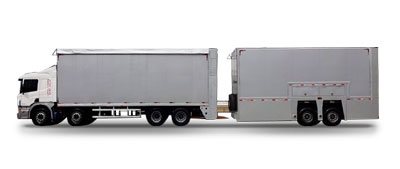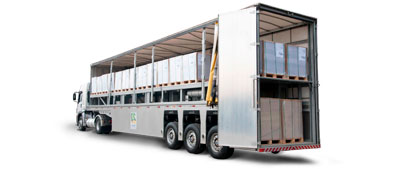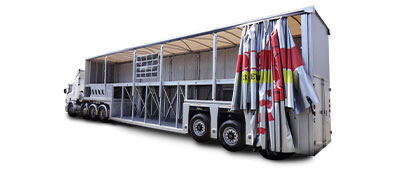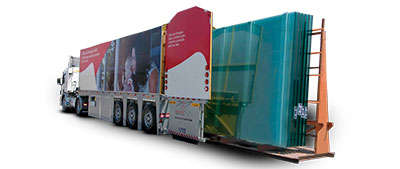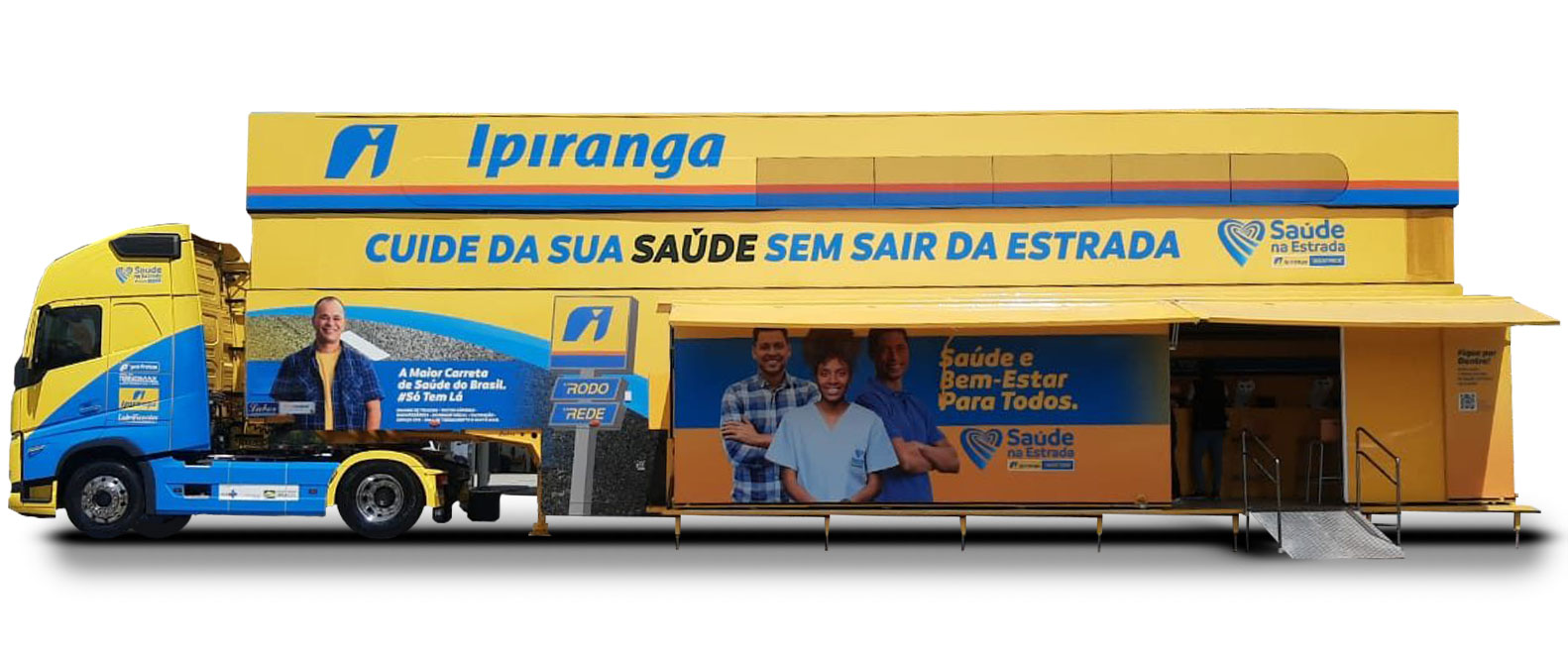

Health Work Truck debuts in Medical Care Program in PB
February 27, 2023

Labor gives tips to ensure safety in the transportation of reinforced concrete precast
March 21, 2023It is a fact that one of the most challenging logistics is the transportation of precast reinforced concrete parts for civil construction.
The solution to make this logistics more efficient and safe was developed by Labor Equipamentos Rodoviários: the semi-trailer Concrete Loader.




From there, the precast reinforced concrete parts are transported and assembled at the construction site. The precast concrete construction technique brings numerous advantages, such as reductions in construction time and labor costs, as well as improved quality of work, reduced amount of waste generated at the construction site, greater precision, and more.
Currently, the transport of these parts is usually done in conventional carts that limit their dimensions, because according to DENATRAN a semi-trailer cannot exceed 4,400mm in height, as well as its width of 2,600mm. Considering that a conventional trailer has a structure up to 1,400mm from the ground, this leaves a useful height of only 3,000mm for the part. Another major disadvantage of conventional transport that makes the logistic process as a whole more expensive is the need to have a munck on site to unload each truck when it arrives at the site. Thus, it is necessary to rent muncks for long periods or to delay the transport by waiting for the trucks to be unloaded. This complex logistics involves coordination between the factory, the transporter, and the construction company.
Thinking of a solution for this segment of reinforced concrete precast transportation, Labor Equipamentos Rodoviários started to manufacture, rent and offer transportation (with partner companies) with the "Concrete Loader".


This means that the truck does not have to wait for the loading and unloading of the parts, speeding up the logistic process and creating the possibility of a stock of loaded trestles to decrease the munck rental time. The loading and unloading process of the Concrete loader is very simple, operated by only one person, and in up to 4 minutes the operation is completed for both loading and unloading, including the load securing system made by hydropushes, which replace conventional load securing extremely effectively.
The Concrete Loader semi-trailer for transporting pre-molded reinforced concrete parts also features Labor's exclusive air suspension, which dispenses with the axle beam, independent on each of its sides. Thus, the transference of soil irregularities is drastically reduced and the possibility of tipping over is practically null.
- Sales / Quotations
- Maxiloader or InLoader Challenge
- Rental / Semi-trailers
- Other issues
- After-sales / Technical assistance
- Labor units
- Work with us
- Become a supplier
- Back
![then[1]](http://laborequipamentos.com.br/wp-content/uploads/2022/05/logo1.png)


